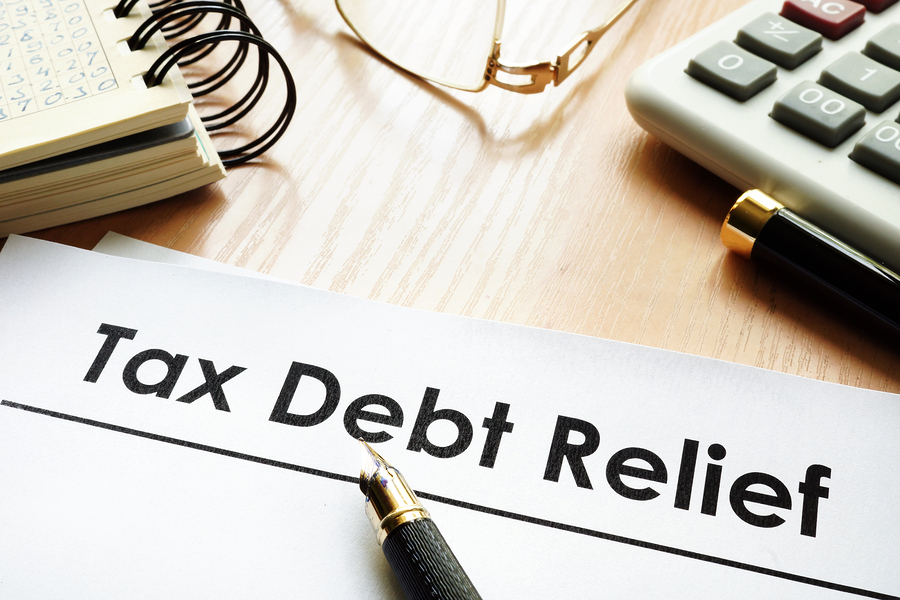Tax Debt Relief Fundamentals
With the IRS losing billions of dollars every year in unpaid taxes, it goes without saying that the agency is beginning to crack down on individuals who are not current.
Some people owe back taxes because of mistakes they made on past tax returns. Others find themselves in this position because they knowingly neglected to pay taxes for one reason or another.
Regardless of why you’re facing tax debt, you need to understand the seriousness of your situation. You want to eliminate your debt as quickly as possible, as the IRS is able to take a variety of actions, such as wage garnishment, in order to collect what’s owed to them.
If you’re seeking tax debt relief, there are five strategies that deserve your attention:
1. Penalty Abatement
With this approach to tax debt relief, you’re doing your part in reducing or removing penalties and penalty interest charges. With the potential for penalties to reach as high as 25 percent, it’s important to learn more about this strategy.
2. Installment Agreement
If you don’t have enough money to pay your tax debt all at once, which is the situation most people face, an installment agreement may be your best option.
By setting up a repayment plan, you can pay back your debt over the course of several months or years (depending on how much you owe and how much you can pay).
3. Offer in Compromise
It’s not easy to secure an offer in compromise, but it’s an idea to consider. This is a debt settlement strategy in which the IRS agrees to settle your account for less than what you actually owe.
If you’re interested in an offer in compromise, make sure you have a lump sum of money available. This way, if the IRS agrees, you can pay on the spot as a means of eliminating your tax debt once and for all.
4. Currently Not Collectible
Depending on your finances, you may realize there is no possible way you can repay the tax debt you owe. This is when currently not collectible comes into play.
As the name suggests, if you don’t have the money to pay, you can use this strategy to stop collection activity for the time being.
5. Innocent Spouse Relief
Did your spouse incur tax debt without your knowledge? For example, this can happen if one spouse is trying to hide money from the other.
If you can prove this was the case, you may be able to use innocent spouse relief as a means of escaping some or all of your tax debt.
Conclusion
The IRS shares a variety of tips for people who owe back taxes. This isn’t the best situation to be in, but there are strategies you can use to find the relief you’ve been seeking.
Once you know how to proceed, you can then implement a strategy that allows you to eliminate your tax debt so you can move on with getting your finances back in order.


Related Posts :
5 Ways to Use Your Tax Refund